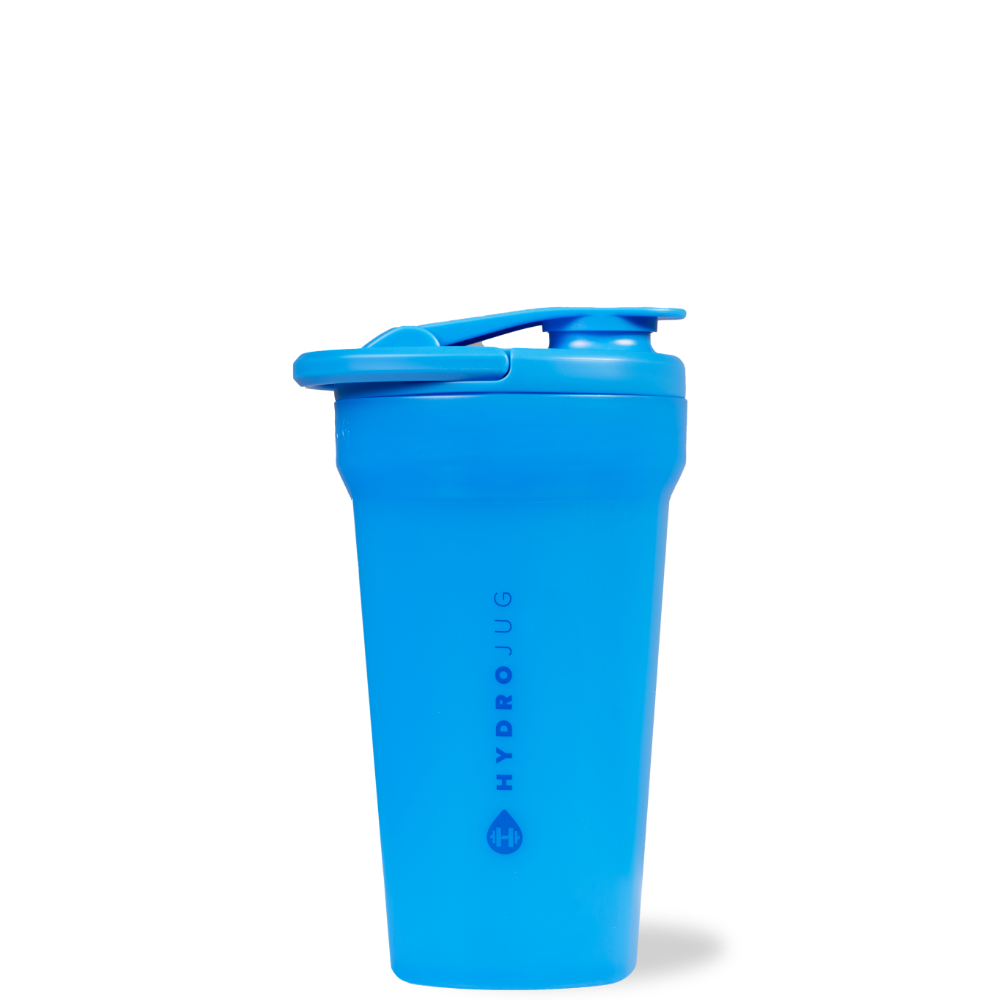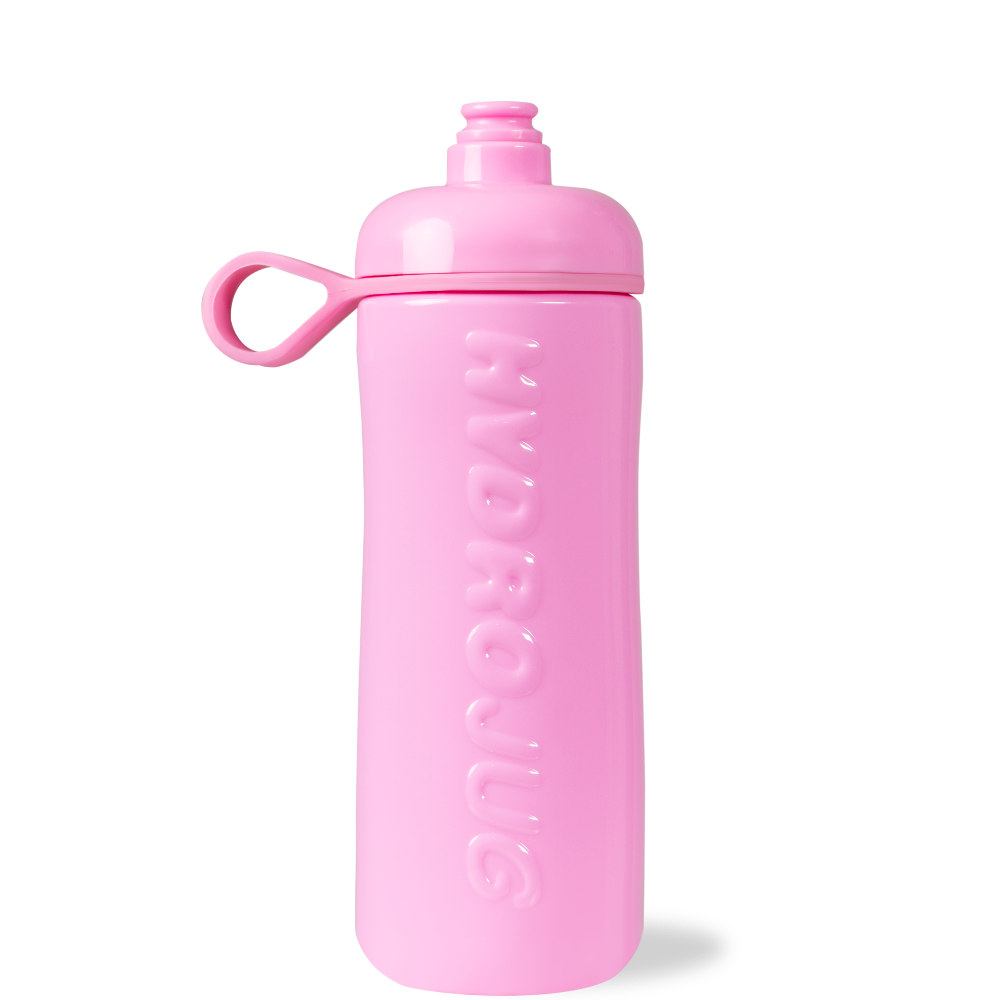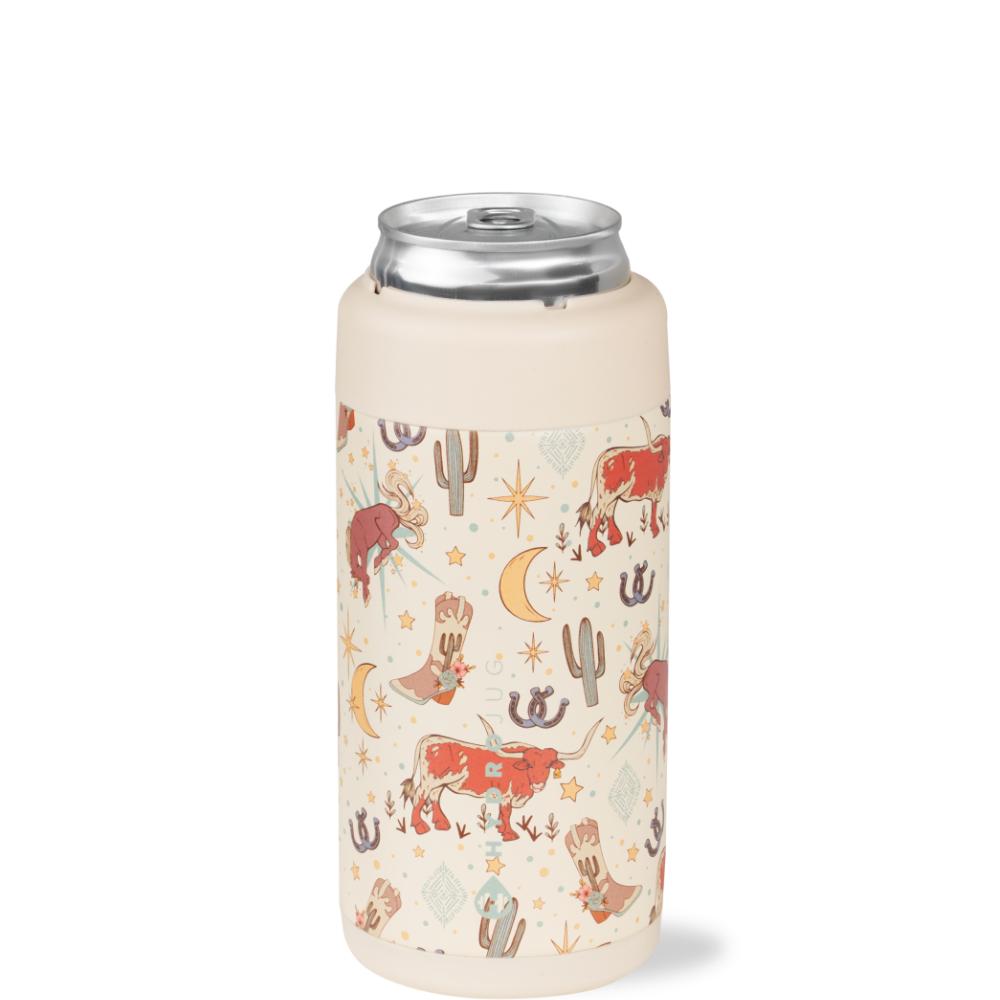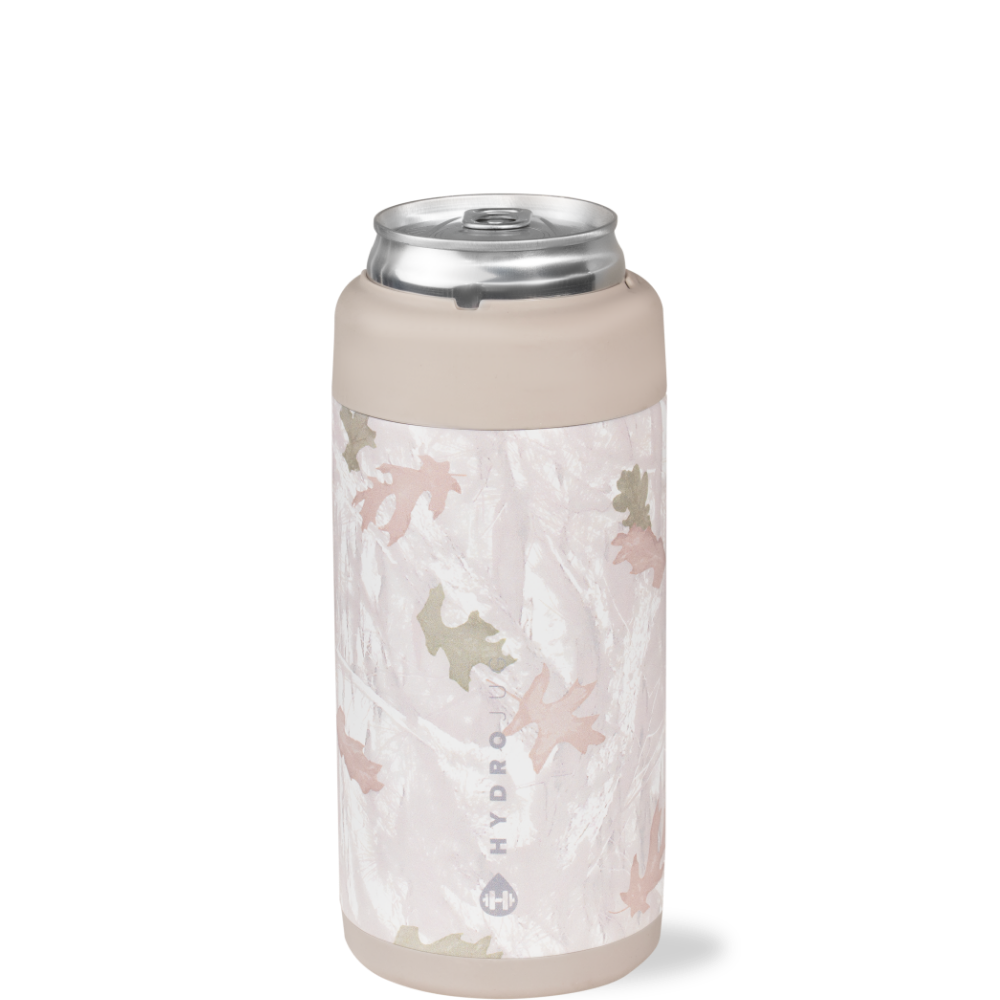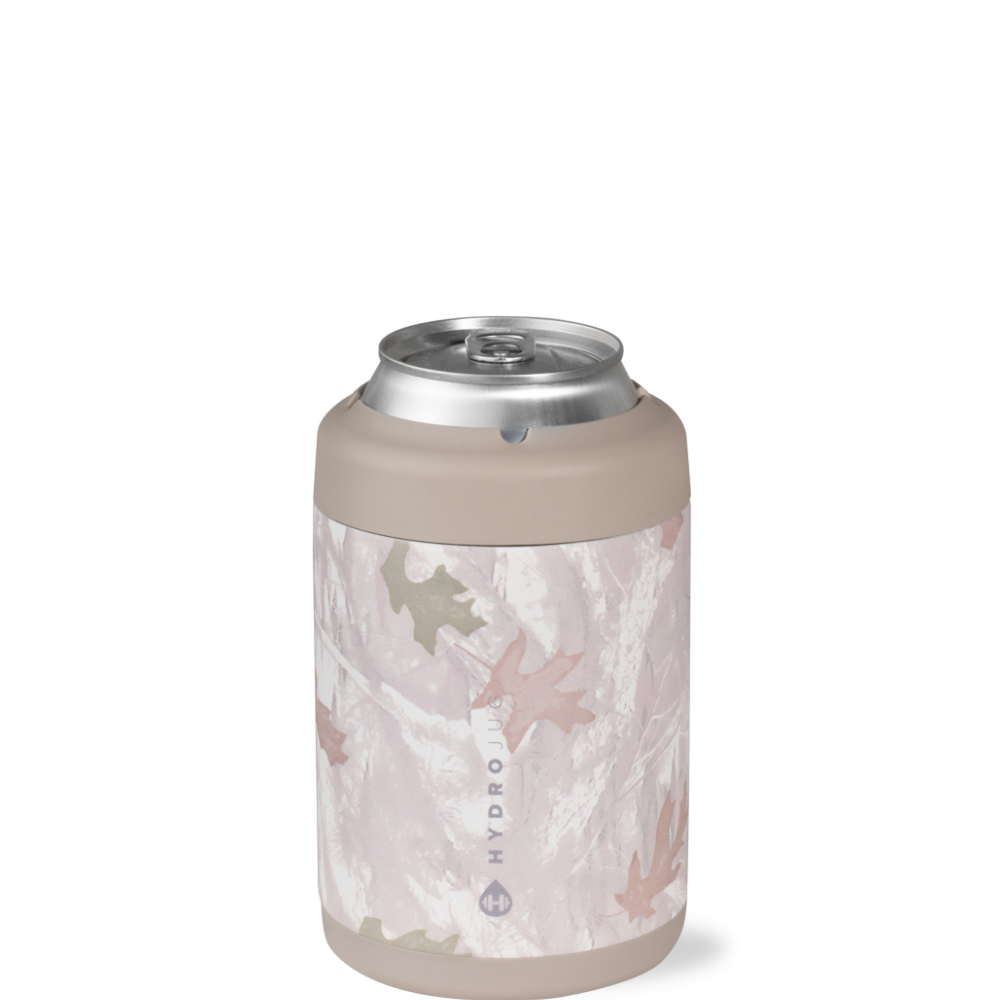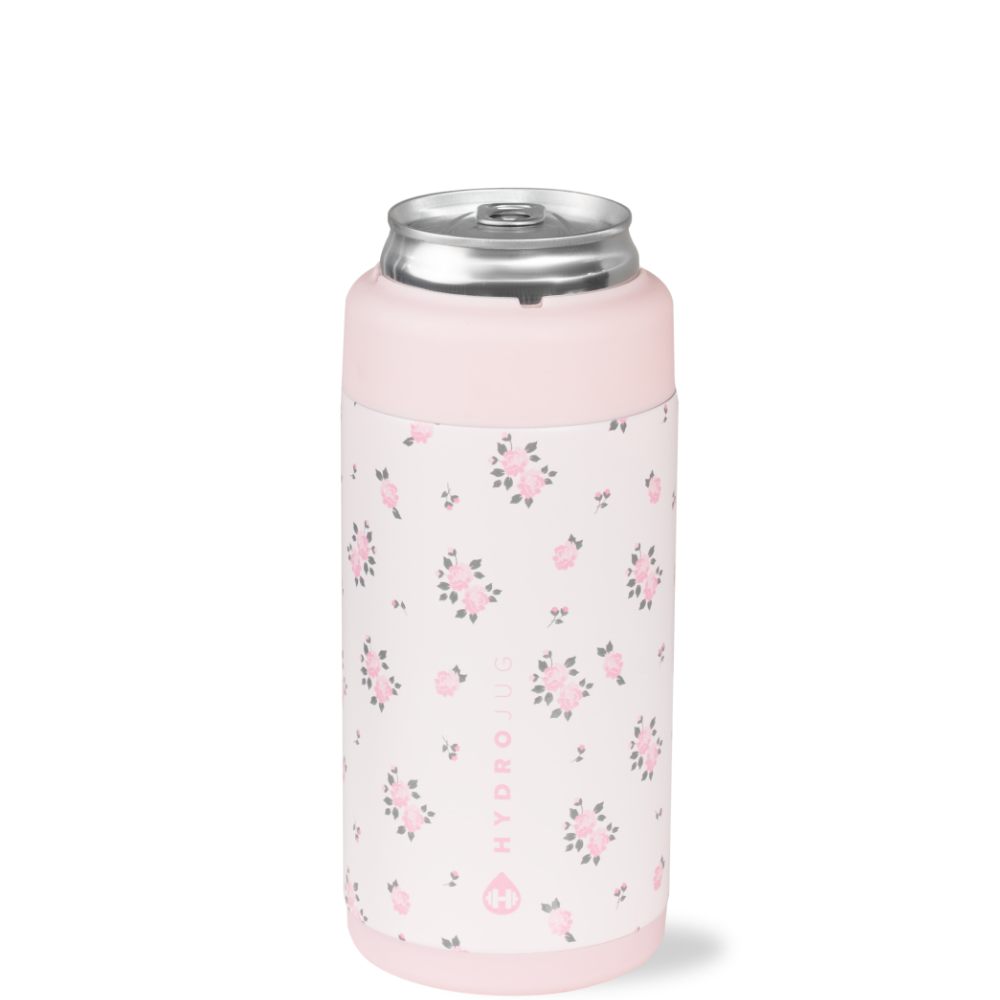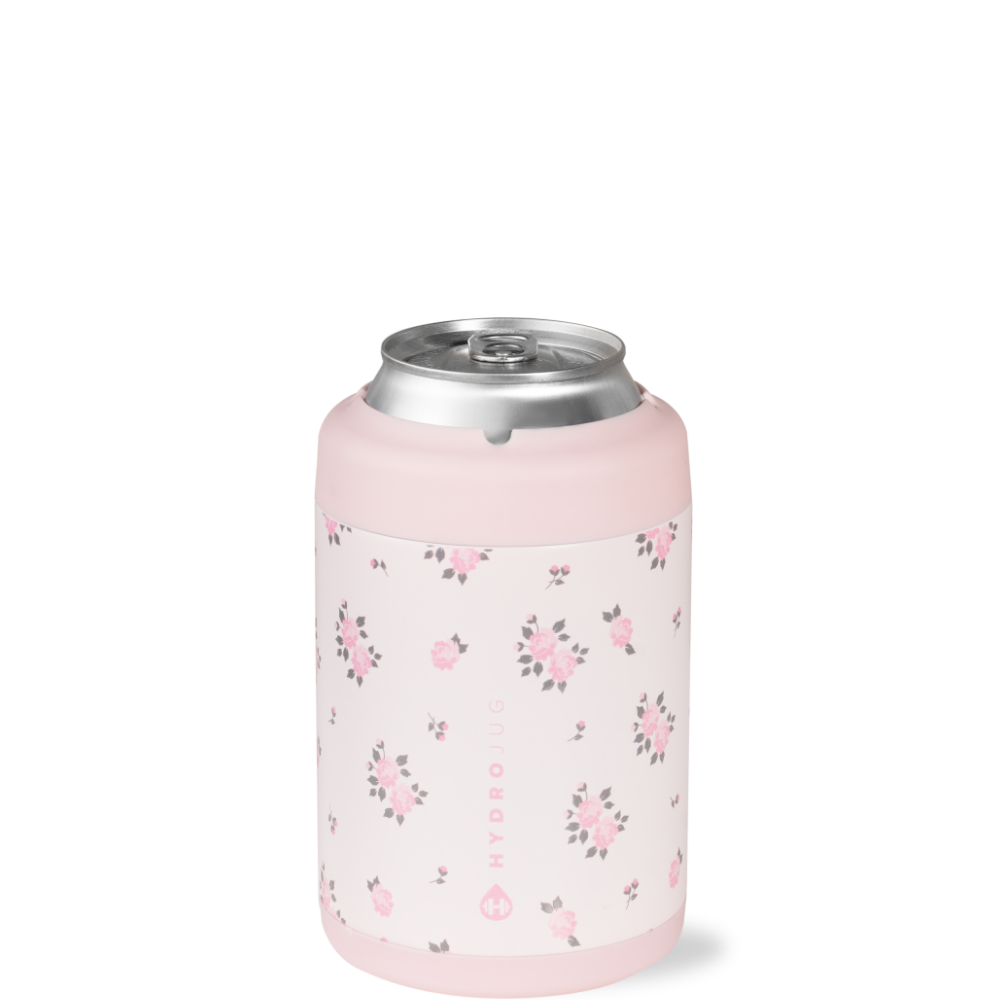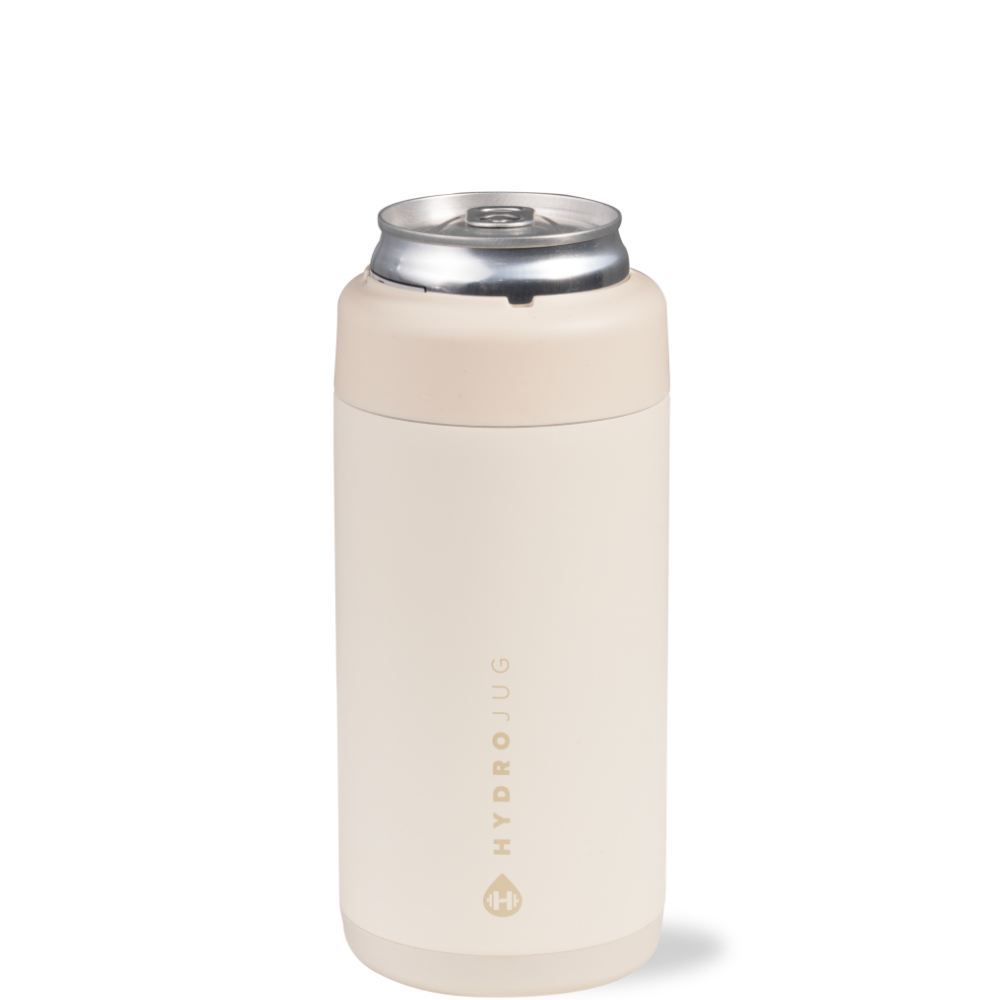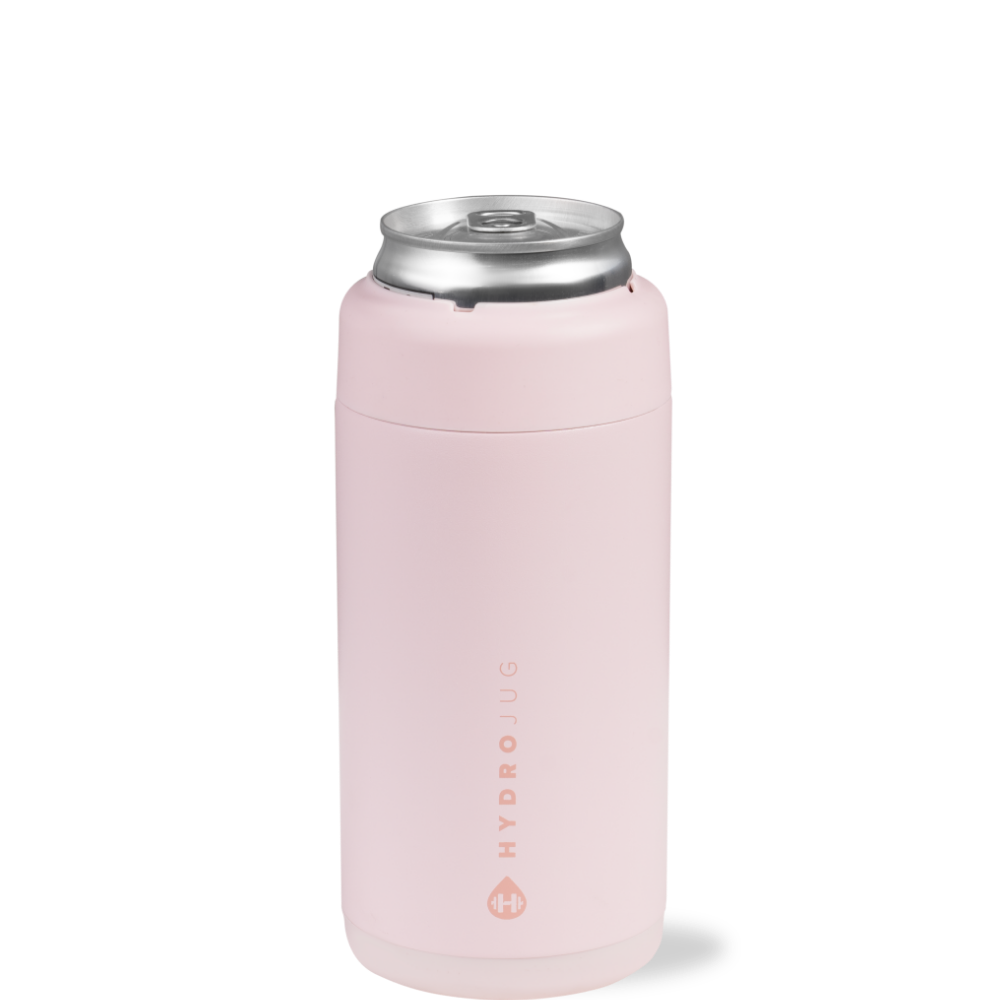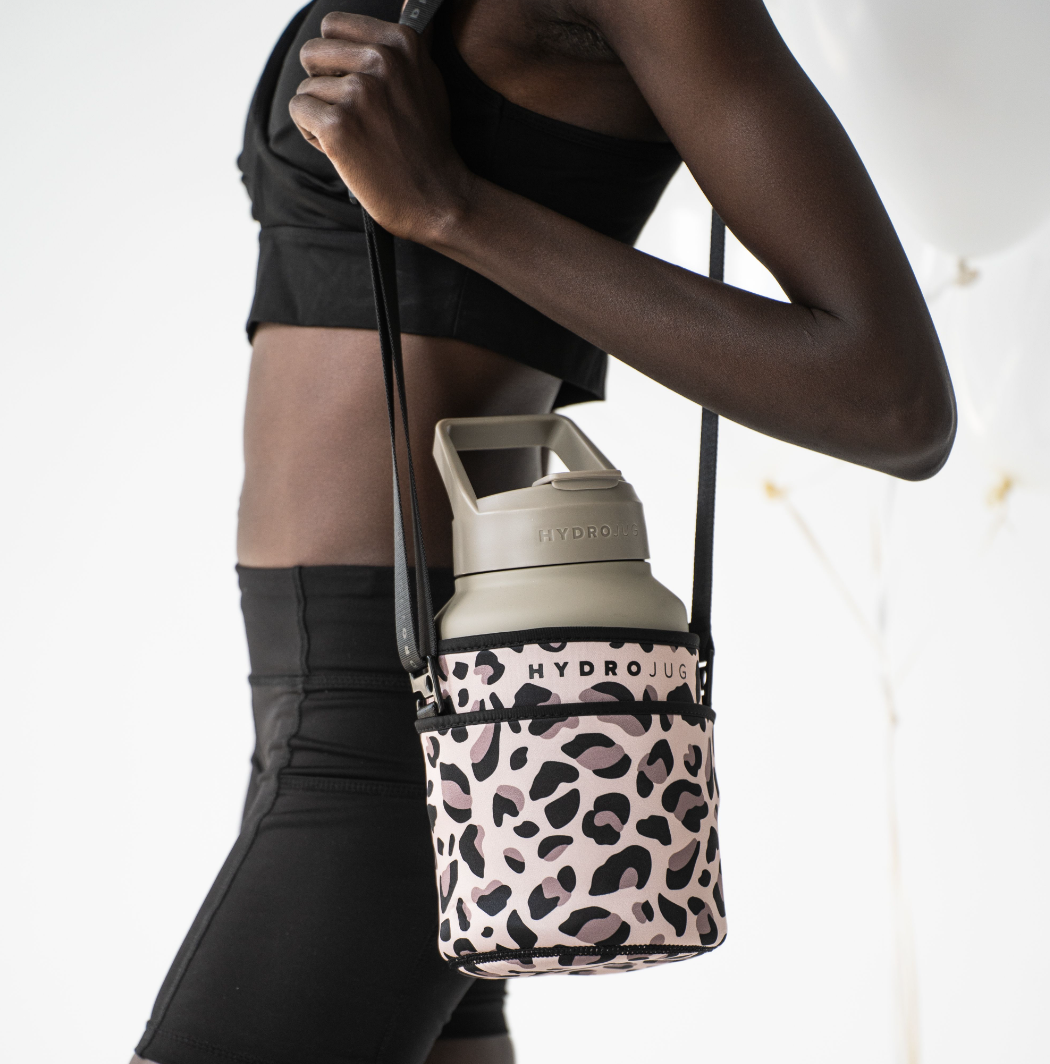
Water Bottle Hygiene
Tips for keeping your water bottle clean and free from harmful bacteria.
Although you water bottle can be your biggest tool when it comes to taking your health to the next level, it can also be a breeding ground for germs and bacteria. Experts advise that you should be washing your reusable water bottle every day after using it to keep it clean. If you aren’t, you could be exposing yourself to mold, mildew, and other potentially harmful bacteria. In this blog we’ve included several tips to help keep your bottle clean.
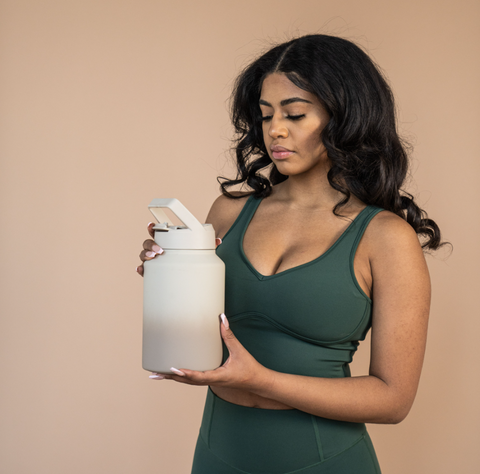
Wash your water bottle regularly.
As mentioned above, it is ideal to clean your water bottle at the end of each day that you use it to make sure that the water you’re drinking is clean, fresh, and tastes good. The universal “go-to” method to wash every kind of reusable bottle is hot water and dish soap. This will be effective in removing unwanted bacteria and germs from your bottle.
If you’re washing a reusable plastic bottle, we advise you to use unscented soap, as the plastic tends to hold on to the scent of dish soap more easily than glass or stainless bottles.
Use a bottle brush.
To make sure you’re getting the hard-to-reach areas of your bottle, the best thing to do is use a bottle brush. These brushes can come in all shapes and sizes in order to best clean your water bottle. A lot of bacteria and mildew can gather in the small crevices of your bottle so it is important you are reaching those areas.

Don't forget the lid.
One area of your water bottle that is often overlooked during cleaning is the lid. This is perhaps the most important area to clean because it is coming into direct contact with your mouth. Depending on the type of lid, it could be the most exposed part of your bottle as well and touch other objects throughout the day.
To disinfect your lid, you can soak it in hot water and equal parts baking soda diluted in vinegar. Next, if there is a straw, you want to make sure you get a straw brush to be able to scrub the inside of the straw.
Air-dry your water bottle.
Air Drying your water bottle is often the easiest and most effective way to dry your bottle. All you have to do is turn in upside down on a drying rack in your kitchen. Air drying it is a lot more sanitary because nothing is coming into contact with the inside of your bottle after it has been cleaned. However, make sure your bottle is 100% dry before you put it away to make sure that more bacteria and mold don’t grow.

Avoid cross-contamination.
When filling your bottle, make sure that it doesn’t come into contact with anything that could be contaminated by food or human fluids. For example, in the kitchen, make sure that the water bottle doesn’t touch the faucet.
It is also important to keep your water bottle in a separate pocket of your bags or outside of your bags completely. This will help with your bottle picking up germs from other items. HydroJug makes Carrying Straps which allow you to carry your water bottle over your shoulder without having to put it in your bag.
Be mindful of where you store your water bottle.
It is always best to store your bottle in a clean and dry place. Most cupboards and pantries are usually the perfect place. This is once again to help prevent bacterial growth within your water bottle.
In conclusion, make sure you are washing your reusable bottles regularly to prevent yourself from being exposed to germs and other bacteria that can be found in your bottle.
















